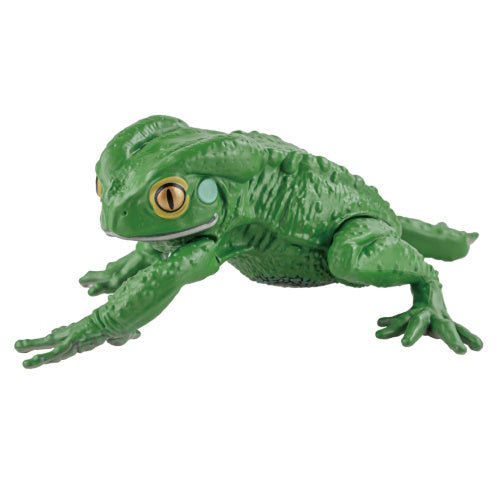The Very Best Reptile Enclosures: Just How to Produce the Suitable Habitat
Developing the ideal habitat for reptiles is not almost putting them in a container or enclosure; it includes a thoughtful factor to consider of different variables that add to their overall wellness. From the size of the room to the sort of substratum made use of, every element plays a critical function in giving an atmosphere where your reptile can prosper. By recognizing the certain needs of your reptile species and executing the appropriate habitat setup, you can guarantee their wellness and happiness in captivity.
Picking the Right Room Size
When choosing a room size for reptiles, it is critical to consider their natural behaviors and space needs to ensure their wellness and health. Various reptile species have differing requirements when it involves environment area. Arboreal varieties like chameleons or tree snakes require vertical space for climbing up and setting down, while terrestrial types such as bearded dragons or leopard geckos need even more floor room for exploring and thermoregulation. Marine turtles like red-eared sliders necessitate rooms with both water and land locations for swimming and basking.
A general rule of thumb is to offer ample space for the reptile to display all-natural behaviors, such as basking, concealing, climbing up, and foraging. By carefully thinking about the specific requirements of the reptile types in question, proprietors can create a suitable and improving environment that promotes overall wellness and urges natural actions.
Establishing Correct Burner
To make certain the well-being and health and wellness of reptiles in their units, it is necessary to meticulously set up correct burner. Reptiles are ectothermic animals, suggesting they rely upon exterior warmth resources to control their body temperature. When establishing up burner in a reptile unit, it is important to consider the details temperature level needs of the types you are taking care of. Various reptiles have differing temperature level requires based on their all-natural habitat, so it is important to research study and comprehend these needs.
One common and effective heating component for reptile rooms is a heat light or ceramic heat emitter. These warm sources can be made use of to create a temperature level gradient within the enclosure, enabling reptiles to relocate in between warmer and cooler areas as required. Furthermore, under-tank hot pad or warmth floor coverings can be used to provide stomach heat, which is especially helpful for reptiles that need extra warmth to aid in digestion.
Keeping track of the temperature within the unit making use of a thermostat is vital to make certain that browse this site the burner hop over to these guys are preserving the appropriate temperature range for your reptile. Regularly examine and readjust the burner as required to create a healthy and comfy atmosphere for your flaky close friend.
Choosing Appropriate Illumination Components

Supplying the Perfect Substratum
Choosing the ideal substratum is vital for developing a comfy and appropriate setting for reptiles in their rooms. Some reptiles, such as desert-dwelling species like bearded dragons, thrive on substrates like calcium sand or reptile rug, while others, like ball pythons, favor coconut husk or aspen bedding to preserve humidity levels.
Prevent substratums that can trigger impaction, such as loose substrates like sand or crushed rock, especially for reptiles known to consume their bed linen. Routinely cleansing and changing the substrate is crucial to make anchor certain a tidy and sanitary atmosphere for your reptile.
Designing for Enrichment and Comfort
Thinking about the substratum's duty in supplying a foundation for all-natural actions and maintaining an ideal atmosphere, boosting the reptile enclosure with proper decorations is essential for both enrichment and comfort. When decorating the room, it is important to consider the reptile's species-specific requirements and behaviors to develop an area that advertises physical and mental wellness. By integrating a selection of decorations that imitate the reptile's all-natural habitat, proprietors can guarantee their animal's convenience and boost their all-natural reactions, inevitably leading to a better and healthier reptile.
Conclusion

Producing the best environment for reptiles is not simply concerning placing them in a storage tank or room; it includes a thoughtful consideration of numerous factors that contribute to their total well-being.Picking the ideal substratum is essential for creating a comfortable and appropriate environment for reptiles in their units. Some reptiles, such as desert-dwelling types like bearded dragons, flourish on substrates like calcium sand or reptile carpet, while others, like ball pythons, favor coconut husk or aspen bed linens to preserve moisture levels.
By including a range of designs that imitate the reptile's natural habitat, owners can guarantee their pet's comfort and stimulate their all-natural instincts, ultimately leading to a better and healthier reptile.
In conclusion, developing the optimal habitat for reptiles involves selecting the proper enclosure size, heating aspects, lighting components, substratum, and decors.